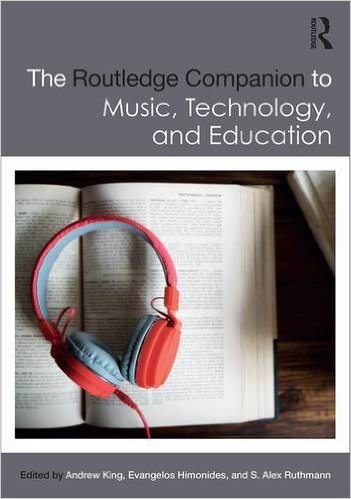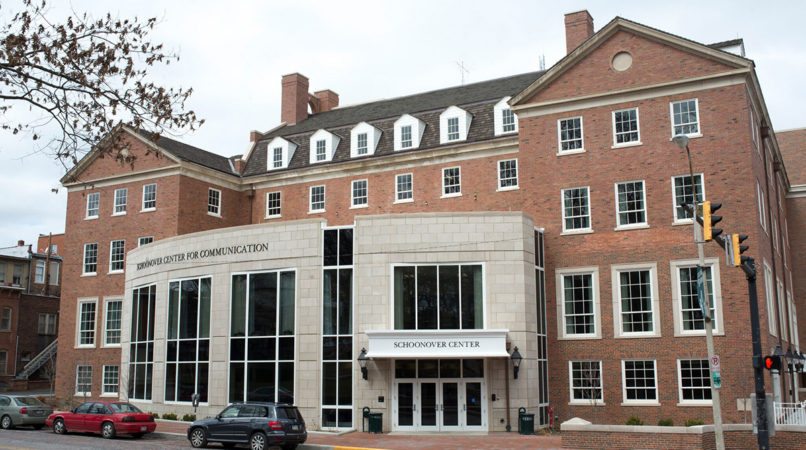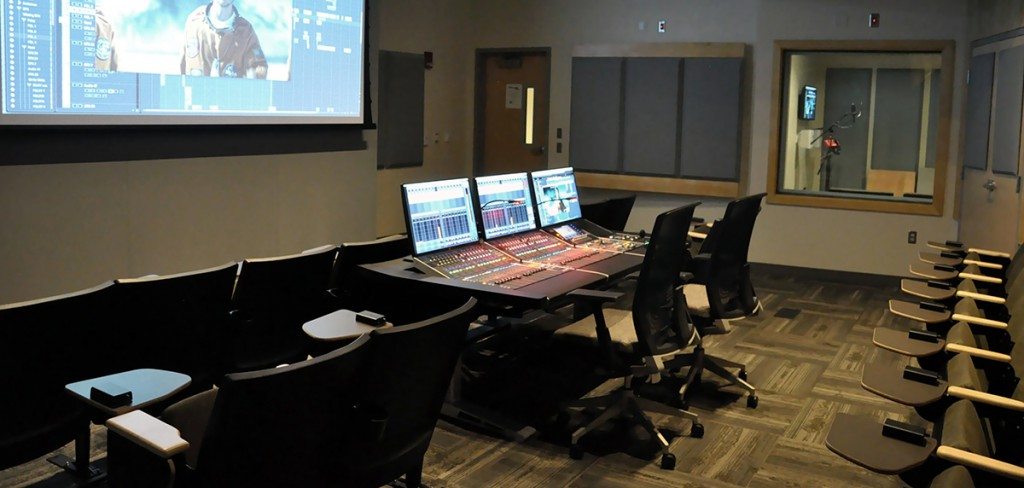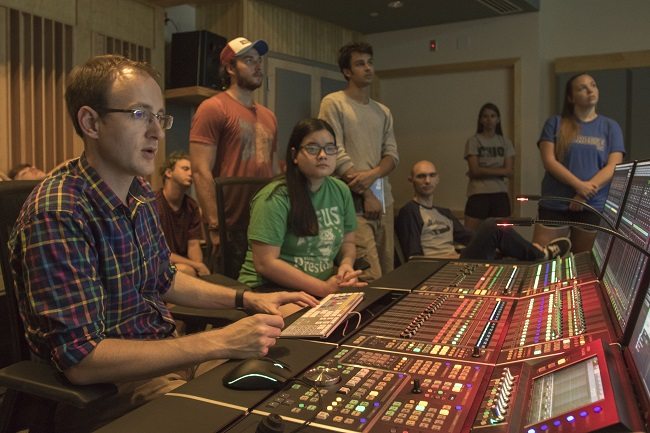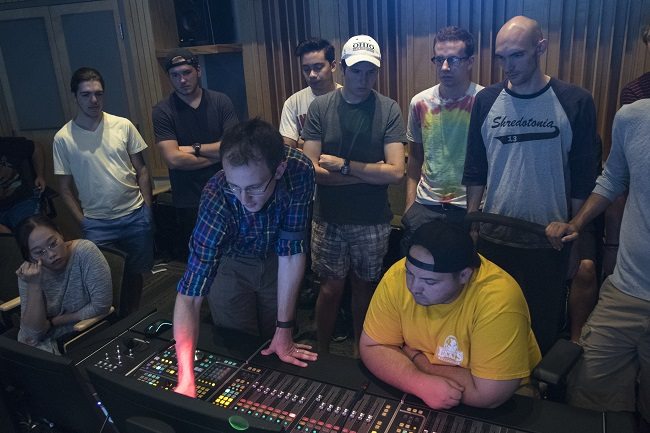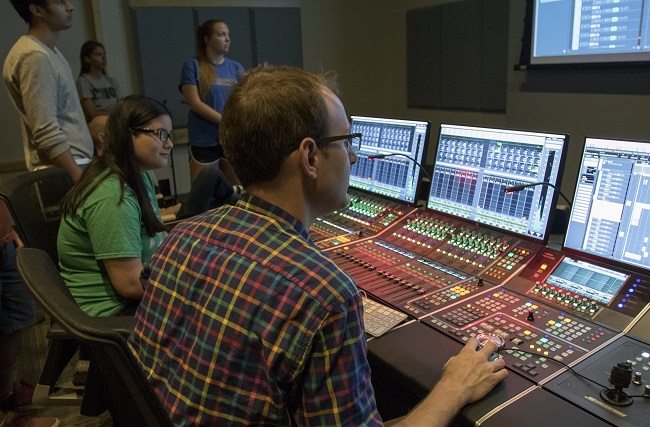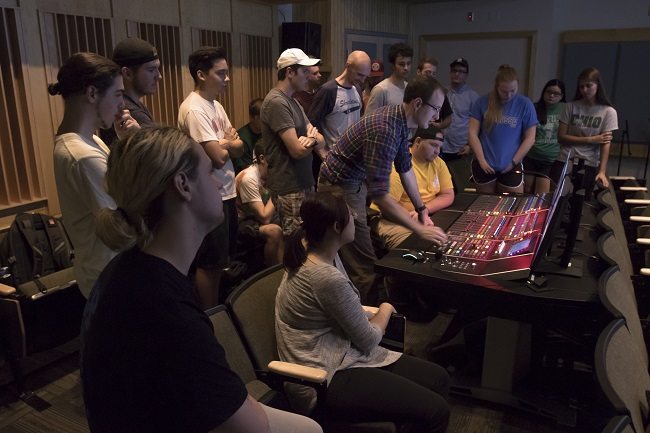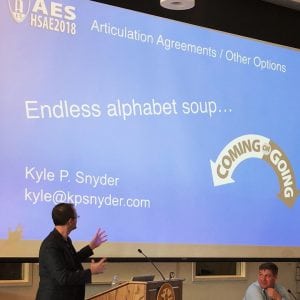 At the 2018 AES High School Audio Educators Conference hosted in Boston, Massachusetts from September 15 – 16, Ohio University Lecturer & AES Governor Kyle P. Snyder was pleased to serve on the conference committee as well as moderate and present on a particularly unique panel.
At the 2018 AES High School Audio Educators Conference hosted in Boston, Massachusetts from September 15 – 16, Ohio University Lecturer & AES Governor Kyle P. Snyder was pleased to serve on the conference committee as well as moderate and present on a particularly unique panel.
Certification, Articulation Agreements / Other Options, & Public / Private Partnerships
- Panelists: Kyle P. Snyder, Owen Curtin, & David Sykut
- In this panel, experts discussed several pertinent topics including:
- Ways high school educators may wish to consider certification programs as complimentary to their instruction.
- How to work with institutions of higher learning to ensure students receive the biggest “bang” for their buck via articulation and other agreements.
- Unique ways of funding local programs through public / private partnership, college tax credits, and external grants and how these programs can be complimentary to both high school education and eventual matriculation.
Workshop Links:
- Download the Conference Booklet (pdf)
- View the Conference Website
- View / download slides & resources from the presentation
The 2018 AES High School Audio Educators Conference presented a remarkable opportunity to connect with audio professionals and educators – building skills around pedagogy, envisioning next level facilities, and creating transformative opportunities for young people in audio.
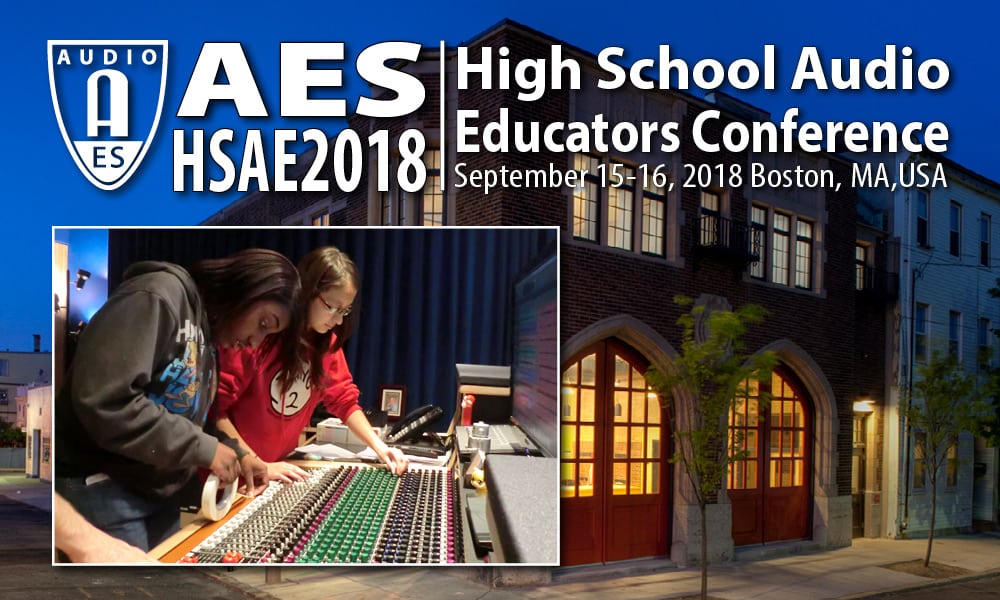
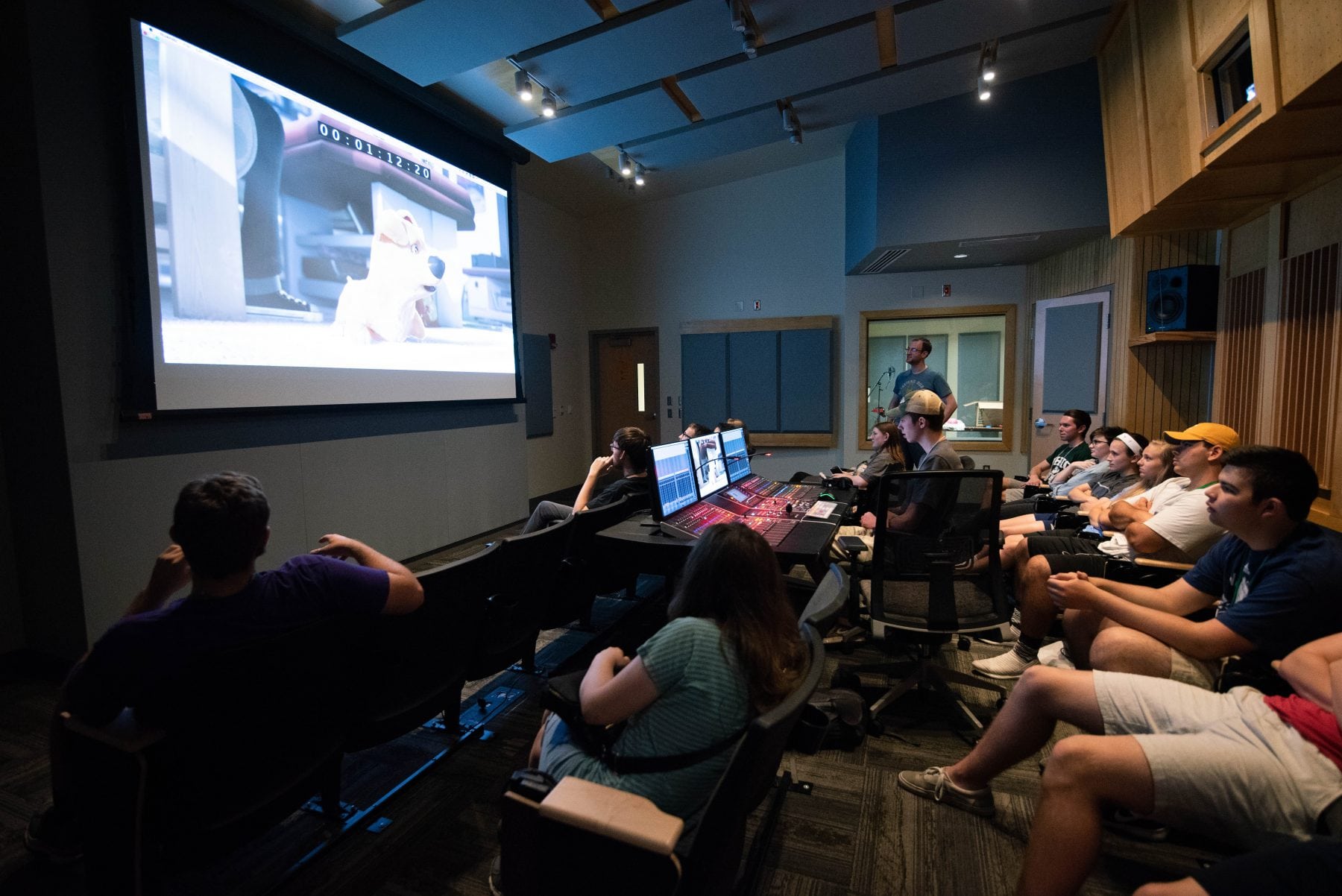
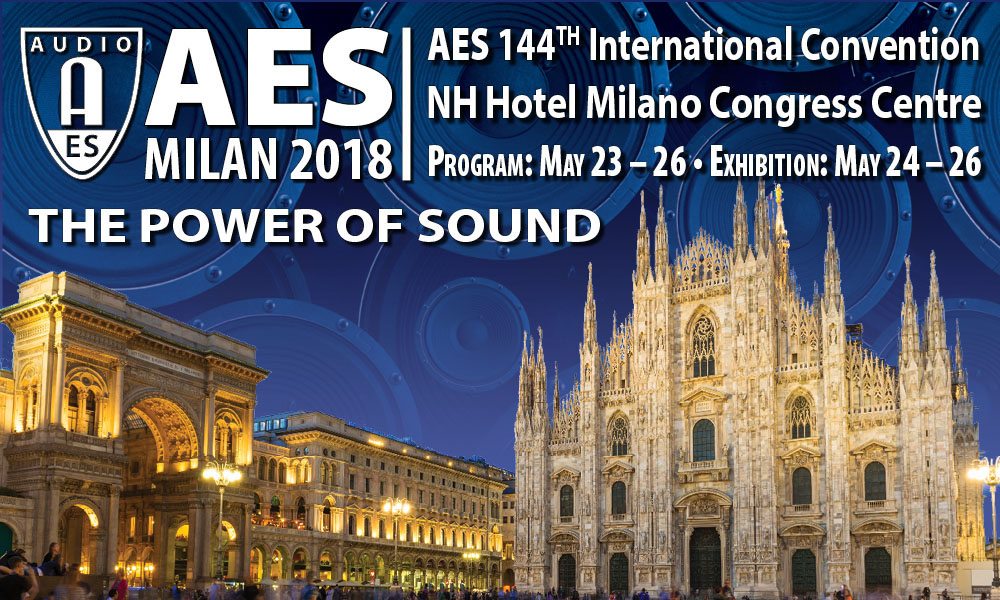
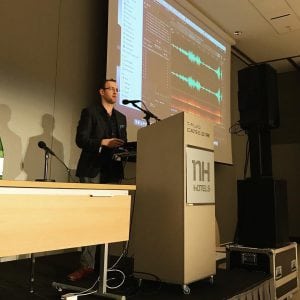 At the 144th Audio Engineering Society Convention hosted in Milan, Italy from May 23 – 26, Ohio University Lecturer & Director of Outreach Kyle P. Snyder presented on several topics.
At the 144th Audio Engineering Society Convention hosted in Milan, Italy from May 23 – 26, Ohio University Lecturer & Director of Outreach Kyle P. Snyder presented on several topics.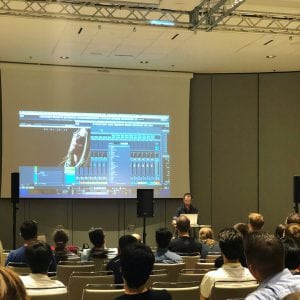 Workshop Links:
Workshop Links: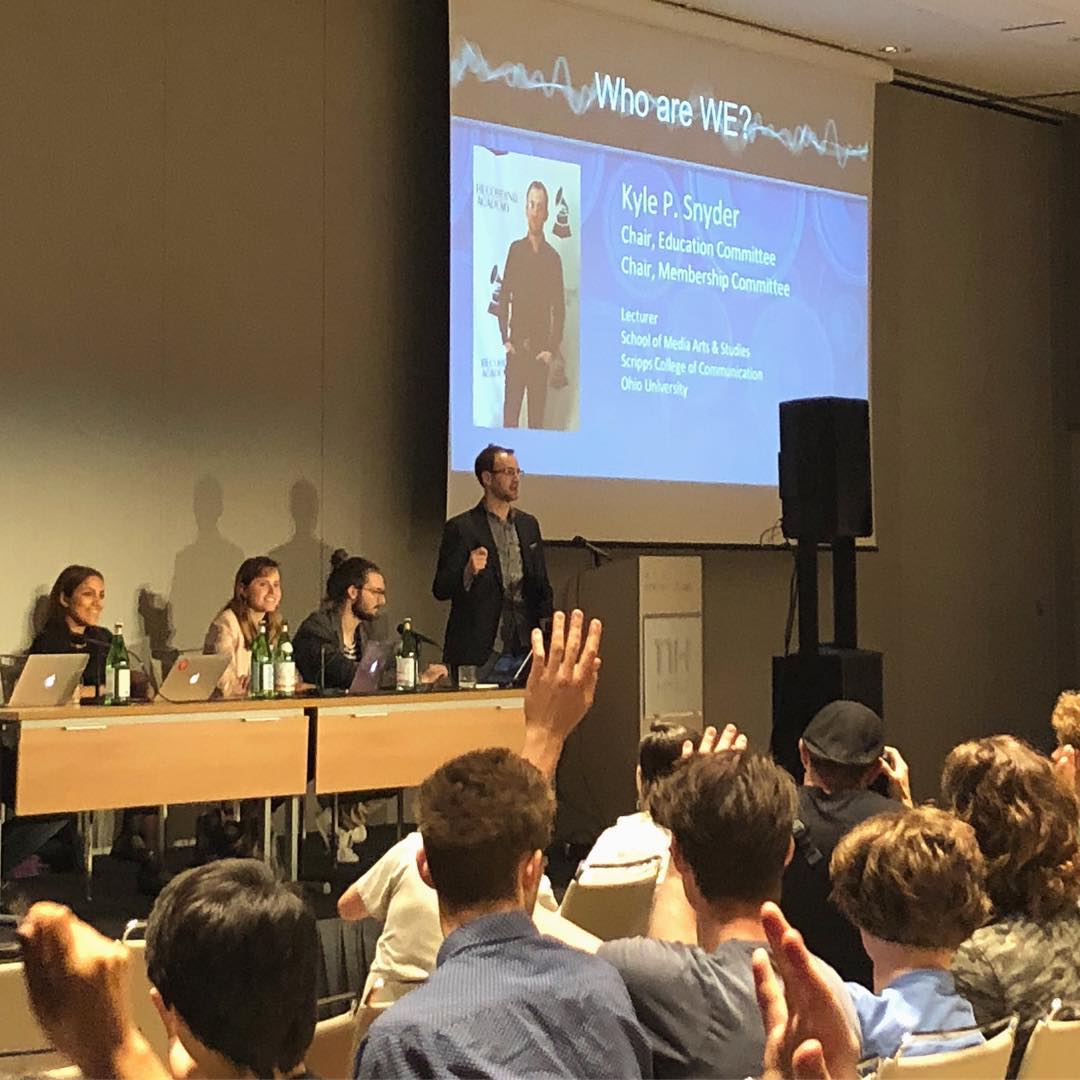
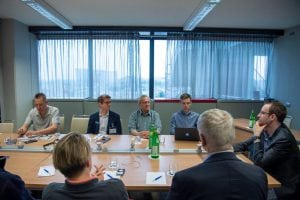 world, but also with the industry as a whole. The exchange of ideas and connections made at these conventions are crucial in our mission of education and promotion of the art and science of audio engineering, and, combined with outstanding industry support again this year, the AES Milan Convention will be a destination and experience exemplifying our theme, ‘The Power of Sound.’”
world, but also with the industry as a whole. The exchange of ideas and connections made at these conventions are crucial in our mission of education and promotion of the art and science of audio engineering, and, combined with outstanding industry support again this year, the AES Milan Convention will be a destination and experience exemplifying our theme, ‘The Power of Sound.’”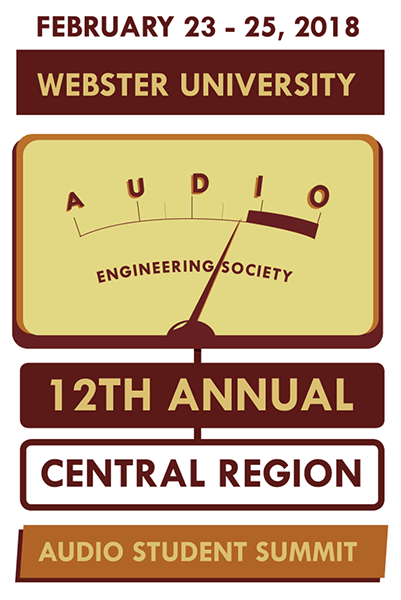
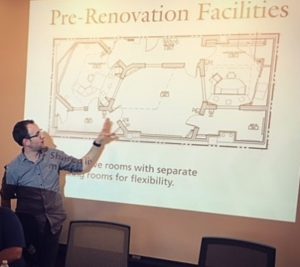 At the
At the 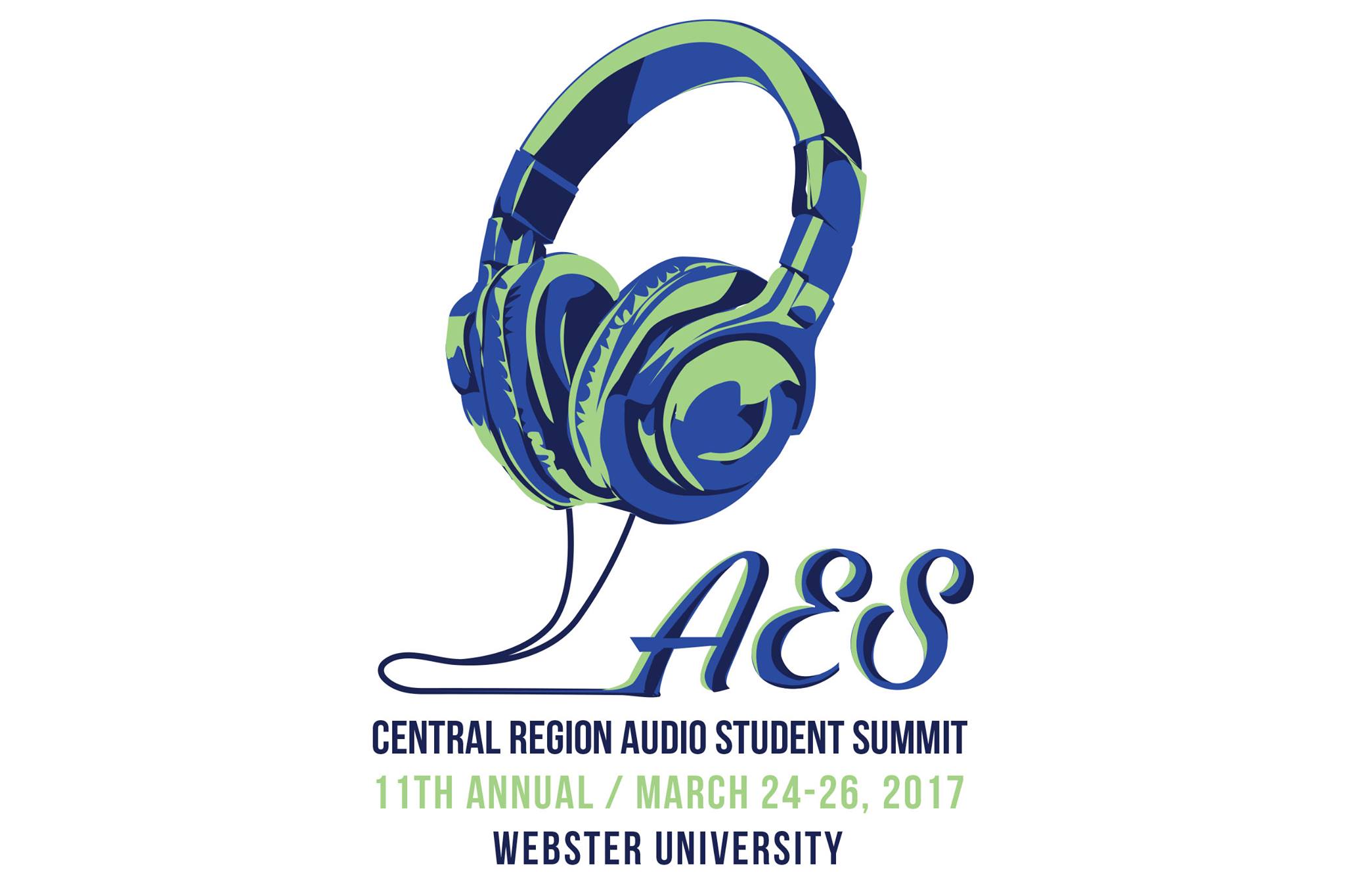
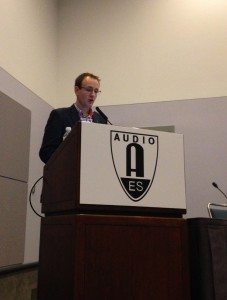 At the
At the 